Comparative Analysis of Welding Methods for Battery Modules of Three Enterprises
Welding is a crucial step in the production of battery modules, as it connects individual cells in series. This process has become one of the most important factors affecting the quality, efficiency, and cost of battery modules. In this article, we will explore the patented welding technologies used by leading manufacturers to understand the key challenges and innovations in this field.
Company A
The main terminal pole must carry high current, so copper is typically used. However, direct welding of copper electrode sheets to aluminum poles results in low strength and poor stability.
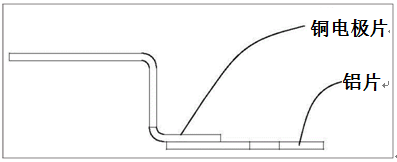
To address this, Company A initially tried pre-spinning the copper electrode with an aluminum piece before welding the aluminum to the pole. However, this method had three major issues:
- Welding the aluminum connector to the aluminum pole affected the stability of the copper-aluminum joint.
- The welding area on the copper-aluminum electrode sheet was asymmetrical, which weakened the weld strength.
- The connection between the copper electrode and the connector introduced shear force at the copper-aluminum interface, reducing bonding strength.
In response, Company A made three key improvements.
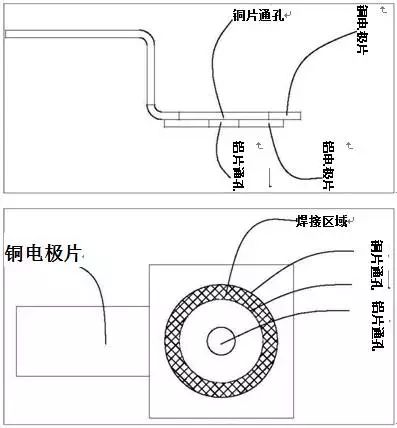
First, they drilled a hole in the copper electrode and performed ultrasonic welding along the annular area around the hole. Then, they laser-welded the aluminum piece to the pole within the same area. This approach solved the issue of uneven weld areas but still caused shear stress from the connector.
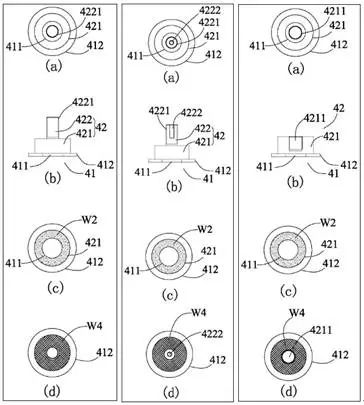
Second, they redesigned the copper electrode into a copper plate with a threaded column or a cylindrical hole. The connector was then inserted into the threaded section. This reduced shear force and simplified the connector manufacturing process, allowing for independent production.
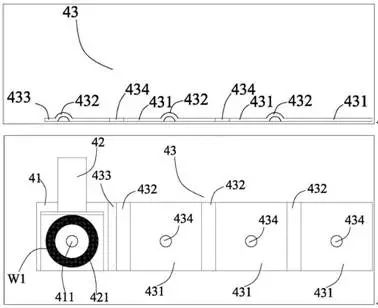
Third, they developed a retractable aluminum electrode made from multi-layer aluminum foils. The arched sections allowed for flexibility, while the planar sections were bonded through thermocompression. This design compensated for expansion-related displacement and reduced stress on the copper-aluminum joint. It appears that the first two methods did not fully meet performance requirements, prompting the use of a flexible aluminum connecting piece to enhance interface bonding strength.
Company B
Company B uses nickel for its terminal connections due to its good weldability, but nickel has limited conductivity and is expensive.
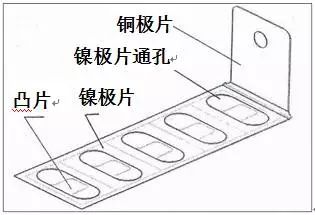
To solve this, they developed a copper-nickel composite electrode with through holes. Nickel tabs at these holes are welded to the poles, combining nickel’s weldability with copper’s conductivity. However, this approach does not completely resolve the conductivity issue. Increasing the thickness of the connecting piece improves conductivity but negatively affects welding performance and increases weight and cost.

As a result, they developed a composite connecting sheet using thick and thin aluminum pole pieces. The thick part ensures good conductivity, while the thin part allows for better weldability. Aluminum’s low density and cost also help meet overall module quality and cost requirements.
Company C
To achieve strong connections, Company C drills a hole in the connecting piece and matches it with the cell’s pole, then melts and welds the surrounding metal using a laser. However, if the hole is too large, it weakens the weld; if it’s too small, it complicates assembly.

To overcome this, Company C divided the hole into two sections—large and small—and used an interference fit to reduce dimensional constraints.
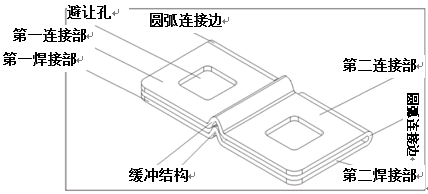
Additionally, they developed a multi-layered connecting piece. Two layers are welded together, with some through holes to allow for thin-welding areas and thick-conducting areas. Both materials are processed as multi-layer foils and stamped in one go, ensuring consistency and flexibility.
Common Trends Among Companies
1. All companies use multi-layer material composites with through holes. One layer ensures good welding, while the stacked layers improve electrical conductivity.
2. The connecting sheets are made from multi-layer foils, creating flexible regions that compensate for battery expansion and reduce stress on low-strength interfaces.
Overall, all these manufacturers face similar challenges when dealing with the welding of dissimilar materials. Their solutions often involve alternative materials and more complex structures to compensate for performance trade-offs. For module manufacturers, optimizing welding technology itself has limited potential, so the focus is on finding smart workarounds to maintain performance while controlling costs.
Our Remove tool are used to insert and extract terminals from connector housings respectively without damaging the terminal or housing, a key criterion for quality wire processing, especially for OEM and aftermarket rework and repair important.
Whether standard or custom-made, our ejection tool kits are designed to perform precision tasks of the highest professional standards, yielding high-quality end products and bringing greater operational efficiency to your business.
The crimp toolare used to clamp the BNC connector jacket and base. It has a hexagonal notch for crimping. Generally, this kind of crimp tool also has the functions of stripping and cutting wires. Three-purpose network cable pliers, multi-functional, strong and durable, is a regular tool in the information age and modern families. Can make RJ45 network cable connector. RJ11 telephone line connector, 4P telephone line connector.
All the functions of the network cable pliers are integrated, and it is convenient to perform operations such as cutting, crimping, and stripping. It is made of iron, suitable for RJ45, RJ11 network cables, hardened and blackened, light and strong.
contact remove tool, contact crimp tool, remove tool
Kunshan SVL Electric Co.,Ltd , https://www.svlelectric.com